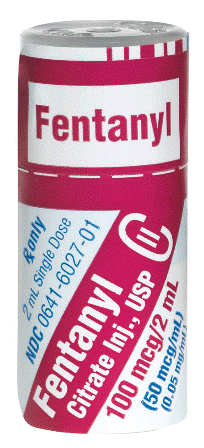Using data from state health departments, county coroners and medical examiners, the New York Times projects that more than 59,000 US Americans died of drug overdoses in 2016 —about a 20% increase from 2015.
Excerpts from the June 5 front-page story by Josh Katz follow:
“Drug overdoses are now the leading cause of death among Americans under 50.
The initial data points to large increases in drug overdose deaths in states along the East Coast, particularly Maryland, Florida, Pennsylvania and Maine. In Ohio, which filed a lawsuit last week accusing five drug companies of abetting the opioid epidemic, we estimate overdose deaths increased by more than 25 percent in 2016.
Fentanyl reports doubled in 2016. Most of the time, it’s sold on the street as heroin, or drug traffickers use it to make cheap counterfeit prescription opioids. Fentanyls are showing up in cocaine as well, contributing to an increase in cocaine-related overdoses.
This exponential growth in overdose deaths in 2016 didn’t extend to all parts of the country. In some states in the western half of the U.S., our data suggests deaths may have leveled off or even declined.
The Times cites Dr. Dan Ciccarone, a professor of family and community medicine at UCSF, attributing the geographic disparity to the fact that East of the Mississippi heroin is usually sold in powder form, whereas in the West, black tar heroin from Mexico is predominant. Does Dr. Ciccarone know that heroin deaths are lower where cannabis is legally available? In any case, the focus on heroin detracts from the reality that east or west, legally prescribed synthetic opiates are generating addiction.
Drug overdose deaths since 1980 have surged in Philadelphia despite a shrinking population; most heroin there is powdered. They have remained relatively flat in San Francisco, where most heroin is black tar.
First responders are finding that, with fentanyl and carfentanil, the overdoses can be so severe that multiple doses of naloxone — the anti-overdose medication that often goes by the brand name Narcan — are needed to pull people out.
The Times piece ended with info about how the data was collected. It seems odd that deaths caused by “substance use disorder” are not counted as drug-overdose deaths. The notion that for every corpse there is a single, identifiable “cause of death,” facilitates data collection but ignores the reality of the entourage effect.
In all cases, “cause of death” refers to what the National Center for Health Statistics classifies as the underlying, rather than the immediate, cause of death. Example: For a person who dies from an infection because of H.I.V., while the infection might be the immediate cause of the person’s death, the underlying cause would be H.I.V.
Deaths from car crashes include all deaths caused by motor vehicle accidents according to the N.C.H.S. Deaths from guns include homicides, suicides and accidental deaths from firearms, in addition to firearm deaths of undetermined intent. It excludes firearm deaths caused by legal intervention. Deaths from drug overdoses excludes deaths caused by substance use disorder or withdrawal, which accounted for an additional 2,573 deaths in 2015.






